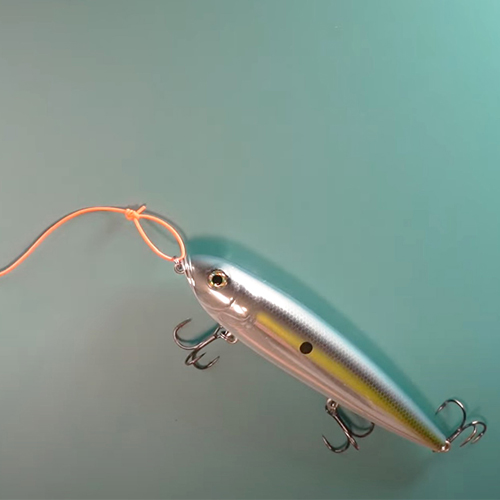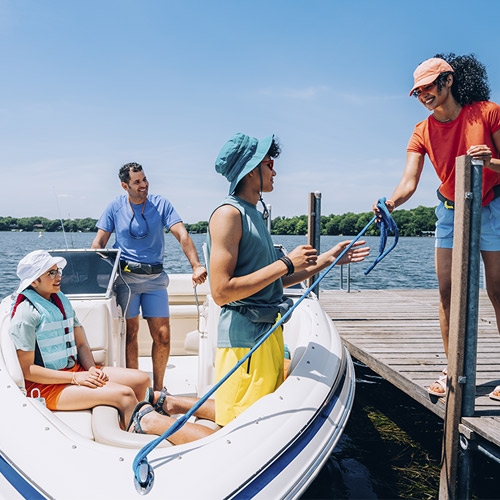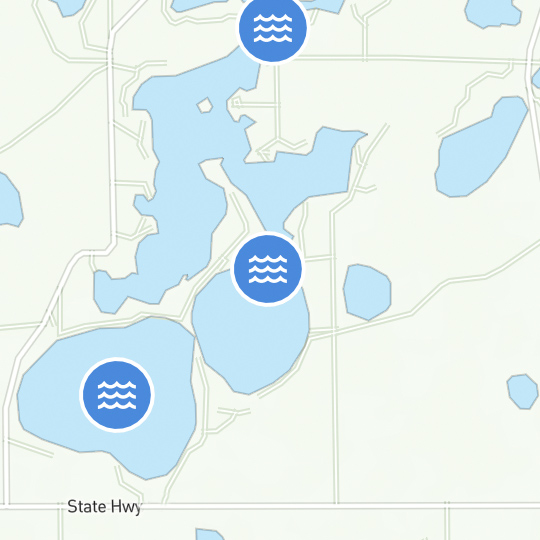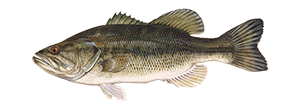Reservoir Fishing
When planning a flowage or reservoir fishing trip, you need to find out if a reservoir fishing permit is required for the waterway you intend to use. Learn more about the variety of freshwater fishing opportunities that can be found in reservoirs and flowages.
Flowage And Reservoir Fishing
Most reservoirs and flowages have been formed by the addition of a dam to a riverbed or creek bed. Since fish are most often found in areas of structure or where there is a change in water depth, topographic maps or video sonar of the terrain are useful when trying to determine where to fish in these types of waterways.
Reservoir Game Fish Species
A variety of freshwater game fish species can be targeted when on a reservoir fishing trip. For instance, reservoir carp fishing is a popular activity due to carp preferring the slower moving water that tends to pool due to the structure. Reservoir fishing for trout, such as rainbow trout and brown trout, is an ideal activity for families and beginning anglers since trout are usually eager to bite regardless of whether live bait or lures are being used. That eagerness to bite makes reservoir fly fishing wildly popular as well, especially for beginning fly fishing anglers. Largemouth bass, smallmouth bass, bluegill, crappie and perch are other game fish species that are often found in reservoirs or flowages. Be sure to check the state's fishing regulations to see which species are legal to catch based on the time of year and waterway.
Reservoir Fishing Tips And Tricks
There are different types of fishing techniques that can be used when reservoir fishing. The type of technique will usually depend on the species of fish you are targeting, but there are some general reservoir fishing tips and tricks that you can keep in mind when fishing a reservoir or flowage.
-
Check your state fishing regulations to see if a reservoir fishing permit is required to fish a specific waterway or to fish for a specific species.
-
When deciding on the reservoir you want to start with, do a bit of research on the fish habitat to determine which has the most structure. Look for drop-offs, islands, peninsulas, weed beds, inlets, shoals and rock piles.
-
Find the areas within the reservoir that contain structure using a topographic map or sonar and fish those areas thoroughly.
-
If fishing an older waterway, concentrate on docks and piers that are closer to shore. Largemouth bass will often move to shallower waters when deeper structure deteriorates or if holes and ledges cover with silt.
-
When reservoir water levels drop, during the drier months of the year, focus your fishing efforts on the creek channels.
-
Fish brush, weeds and points close to the shoreline for crappie using small tube jigs.
-
During the summer months, plan to fish early in the morning or in the evening when temperatures cool and the sunlight isn't as bright.
To learn more about stream and river fishing visit in our next section.
KEEP LEARNING

How to Tie the Non-Slip Loop Knot
The non-slip loop knot is a popular and reliable choice for securing hooks, lures, and other tackle to your fishing line.
LEARN MORE

Socials
Take me fishing social media links
LEARN MORE

TakeMeFishing x Teen Vogue
Join us on a creative journey as fashion designer Ahmrii Johnson walks us through her collaborative vision and process with Teen Vogue and fashion brand, Rentrayage, to create a special piece.
LEARN MORE


.png?lang=en-US&ext=.png)